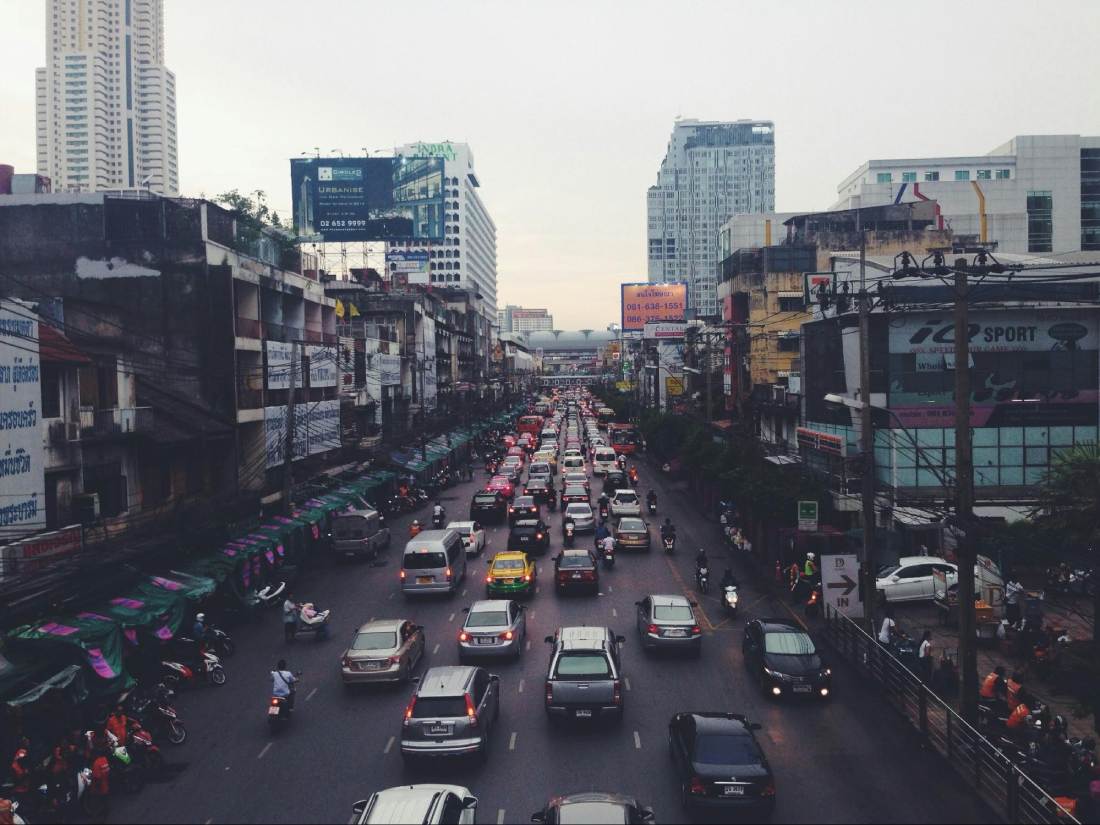Effective Policies to Reduce Traffic Congestion

Traffic congestion is a pervasive issue in urban areas worldwide, affecting the quality of life for millions of people. It’s not just an inconvenience; it has significant economic, environmental, and health impacts. Effective policies to reduce traffic congestion are essential for creating more livable cities. In this blog post, we will discuss several creative and effective approaches that cities can use to mitigate this pervasive problem.
Table of Contents
Congestion Pricing
One of the most effective methods to address traffic congestion is congestion pricing. This policy involves charging drivers a fee to enter highly trafficked areas during peak hours. The idea is to discourage unnecessary trips and encourage the use of public transportation, carpooling, or traveling during non-peak hours. Cities like London, Stockholm, and Singapore have successfully implemented congestion pricing, resulting in significant reductions in traffic volume and improvements in air quality.
Improved Public Transportation
Enhancing the availability, reliability, and convenience of public transportation can significantly reduce traffic congestion. Investments in bus rapid transit (BRT), subways, and light rail systems can provide efficient alternatives to driving. Making public transportation more attractive through measures such as reducing fares, increasing frequency, and ensuring clean and safe facilities can encourage more people to leave their cars at home.
Studying the Patterns
Analyzing traffic patterns can provide valuable insights into congestion issues. Studies have shown that certain days are particularly prone to traffic-induced accidents, highlighting the need for targeted interventions. For example, advice from car accident legal experts can guide policymakers in addressing these high-risk periods effectively.
Promotion of Active Transportation
Encouraging walking and cycling as primary modes of transportation can significantly reduce traffic congestion. Infrastructure improvements such as dedicated bike lanes, pedestrian-friendly streets, and secure bike parking can make active transportation more appealing. Additionally, education campaigns that highlight the health benefits of walking and cycling can further promote these modes of transportation.
Smart Traffic Management
Technology can play a pivotal role in managing traffic flow. Smart traffic management systems that use real-time data, sensors, and artificial intelligence can optimize traffic signals, predict congestion, and dynamically adjust traffic patterns. These systems can help to reduce bottlenecks, improve traffic flow, and minimize delays. Cities like Los Angeles and Amsterdam have already begun to see positive results from deploying such technologies.
Carpooling and Ridesharing Initiatives
Carpooling and ridesharing can help reduce the number of vehicles on the road. By offering incentives for carpooling or establishing high-occupancy vehicle (HOV) lanes, municipalities can encourage people to share rides. This not only eases congestion but also reduces emissions. Platforms that facilitate carpooling among commuters can further enhance the effectiveness of this approach.
Land Use and Zoning Policies
Land use and zoning policies can have a profound impact on traffic congestion. Mixed-use developments that combine residential, commercial, and recreational spaces can reduce the need for long commutes. Encouraging higher-density development near public transit hubs can increase the use of public transportation and reduce the reliance on personal vehicles. Smart urban planning that prioritizes accessibility and connectivity can foster sustainable mobility patterns.
Flexible Work Arrangements
Flexible work arrangements like telecommuting and staggered work hours can help distribute traffic more evenly throughout the day, reducing peak-hour congestion. The COVID-19 pandemic has accelerated the adoption of remote work, and many companies are now seeing the benefits of offering flexible work policies. By allowing employees to work from home or adjust their start and end times, employers can contribute to easing traffic congestion.
Encouraging Electric Vehicles
Electric vehicles (EVs) can also play an important role in reducing traffic congestion. While they don’t directly reduce the number of cars on the road, they contribute to lower emissions and better air quality. Governments can encourage EV adoption by providing incentives such as tax breaks, rebates, and installing charging infrastructure. Furthermore, integrating EVs into public transportation systems can create more sustainable and efficient urban mobility landscapes.
Community Engagement
Community engagement is imperative for the successful implementation of traffic reduction policies. Public input can help shape transportation plans that meet the needs of residents. Public forums, surveys, and collaborative workshops can gather valuable feedback and build support for new initiatives. When communities are involved in the decision-making process, they are more likely to support and adhere to the changes, paving the way for more effective and sustainable traffic management.
Monitoring and Evaluation
Continuous monitoring and evaluation of implemented policies are vital for ongoing success. Cities should establish metrics to assess the effectiveness of traffic reduction measures and make data-driven adjustments as needed. Regularly reviewing traffic patterns, public transportation usage, and pollution levels can help refine strategies and ensure that they remain relevant and effective in addressing evolving urban mobility challenges.
Conclusion
Traffic congestion is a complex problem that requires a multifaceted approach. From congestion pricing to promoting active transportation, cities have a variety of tools at their disposal to alleviate traffic woes. By implementing a combination of these policies, urban areas can improve mobility, reduce environmental impact, and enhance the quality of life for residents. The key is to adopt a holistic approach that integrates technological innovations, infrastructure improvements, and behavioral changes.

